Influence of Western Dietary Habits
The influence of Western dietary habits is significantly impacting the frozen meat market in India. As globalization continues to shape food preferences, more Indian consumers are adopting Western-style diets that include a higher consumption of meat products. This shift is evident in the increasing popularity of frozen meat items such as burgers, sausages, and ready-to-cook meals. The frozen meat market is responding by diversifying its product offerings to include these Western-style options, appealing to younger consumers and urban dwellers. Market data suggests that the demand for processed and frozen meat products is on the rise, as they align with the fast-paced lifestyles of many consumers. This trend indicates a potential for continued growth in the frozen meat market as it adapts to changing dietary preferences.
Growing Health Consciousness Among Consumers
Health consciousness is becoming a significant driver for the frozen meat market in India. As consumers become more aware of nutrition and dietary choices, there is a noticeable shift towards healthier food options. Frozen meat products, particularly those that are lean and high in protein, are increasingly favored. The market data suggests that the demand for frozen chicken and fish is rising, as these are perceived as healthier alternatives to red meat. The frozen meat market is responding by introducing products that are free from preservatives and additives, appealing to health-conscious consumers. Furthermore, the trend towards organic and ethically sourced meat is gaining traction, prompting companies to innovate and diversify their offerings. This growing awareness of health and nutrition is likely to continue influencing purchasing decisions in the frozen meat market.
Expansion of Retail and Distribution Channels
The frozen meat market in India is benefiting from the expansion of retail and distribution channels. The proliferation of supermarkets, hypermarkets, and specialty stores has made frozen meat products more accessible to consumers. Additionally, the rise of online grocery shopping is transforming how consumers purchase frozen meat. E-commerce platforms are increasingly offering a wide range of frozen meat products, catering to the growing demand for convenience. Market data indicates that online sales of frozen meat are expected to increase by over 15% in the coming years. This expansion in distribution channels is crucial for the frozen meat market, as it allows for better reach and visibility of products. Retailers are also investing in cold chain logistics to ensure the quality and safety of frozen meat, further enhancing consumer trust and driving sales.
Increasing Urbanization and Lifestyle Changes
The frozen meat market in India is experiencing growth due to increasing urbanization and changing lifestyles. As more individuals migrate to urban areas, the demand for convenient food options rises. Urban consumers often seek ready-to-cook and ready-to-eat products, which frozen meat provides. This shift in consumer behavior is reflected in market data, indicating that the frozen meat segment is projected to grow at a CAGR of approximately 10% over the next five years. The busy lifestyles of urban dwellers necessitate quick meal solutions, making frozen meat an attractive option. Additionally, the rise in disposable income allows consumers to spend more on quality food products, further driving the frozen meat market. The industry is adapting to these changes by offering a variety of frozen meat products that cater to the preferences of urban consumers.
Rising Disposable Income and Consumer Spending
Rising disposable income in India is a key driver for the frozen meat market. As the middle class expands and more households experience increased financial stability, consumers are willing to spend more on premium food products. This trend is particularly evident in urban areas, where disposable income growth is outpacing rural regions. The frozen meat market is capitalizing on this trend by offering a diverse range of products that cater to varying price points and preferences. Market data shows that the premium segment of frozen meat is growing rapidly, with consumers seeking high-quality, flavorful options. This willingness to invest in quality food is likely to continue, as consumers associate frozen meat with convenience and quality, further propelling market growth.


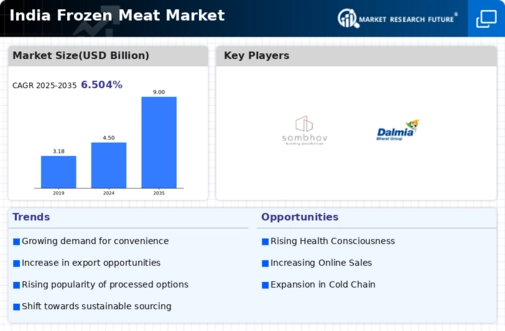
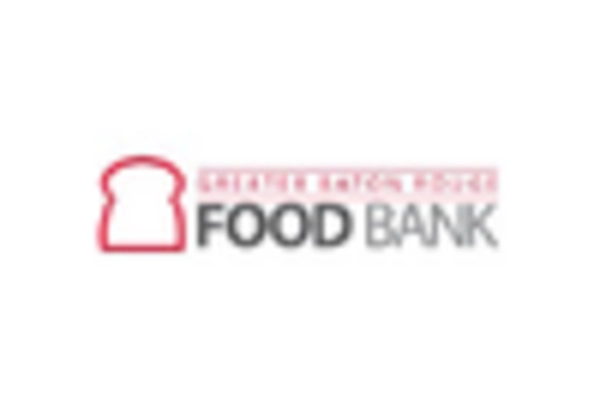

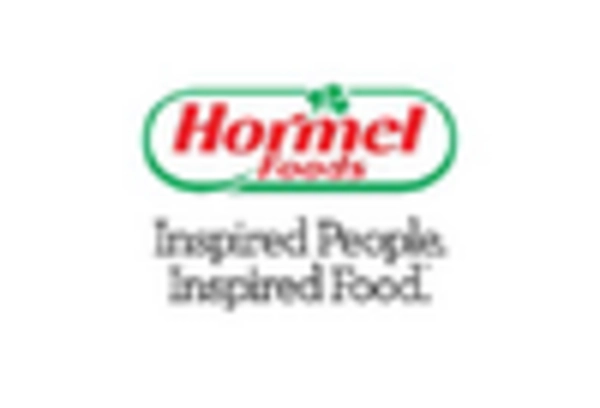
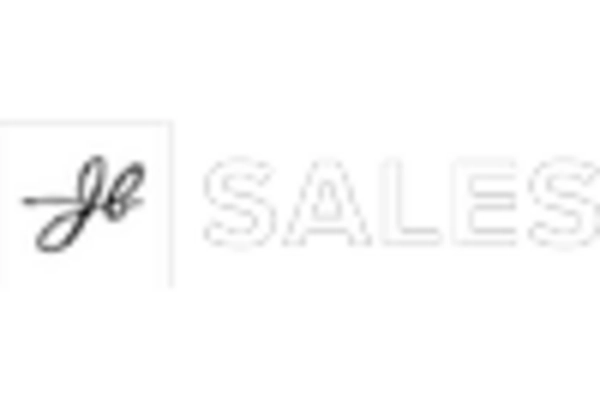

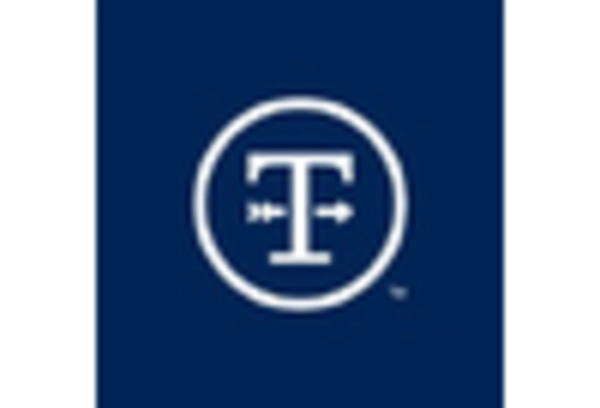








Leave a Comment